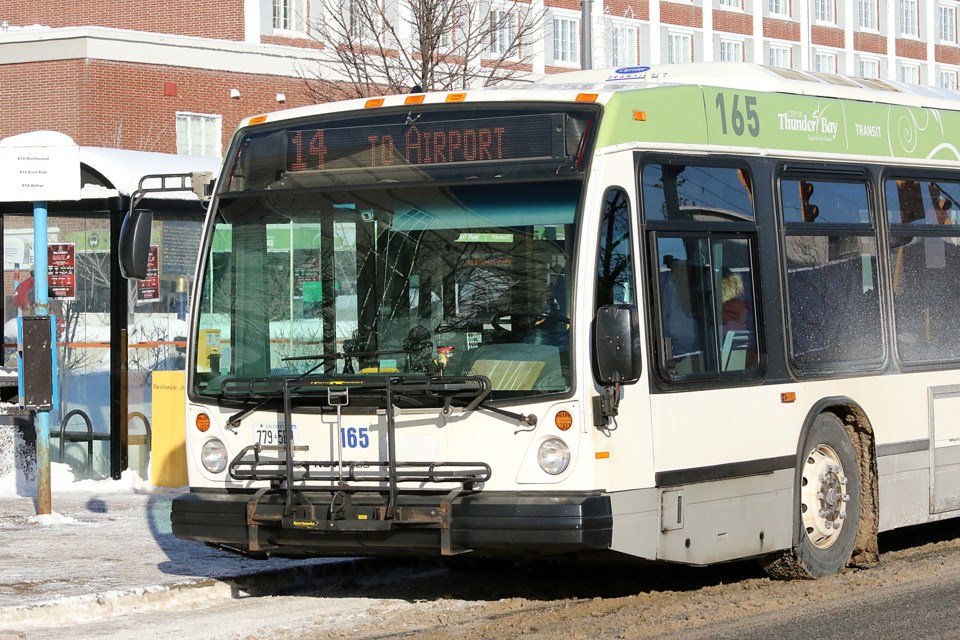THUNDER BAY -- The province has promised to increase the city’s share of gas-tax revenue, although the hikes won’t come into effect until after the 2018 Ontario election.
Minister of Municipal Affairs Bill Mauro on Wednesday said Thunder Bay will see 2.5-cent-per-litre increase in 2019-20, which will grow to four cents-per-litre by 2021-22.
According to figures provided by the province, the city could receive as much as $3.6 million a year by 2022, doubling the $1.8 million average it current takes in each year through the program.
The money can be used to make transit-related infrastructure upgrades, to purchase additional transit vehicles, extend hours of service, implement fare strategies and improve accessibility.
“The city will have a variety of options in terms of how they want to use the extra funding they will be receiving, as well as the current funding they receive,” Mauro said.
The Ontario government has committed $334.5 million this year to municipalities across the province through the gas-tax fund and expects that number to grow to $642 million by 2021-22.
City transit manager Brad Loroff said the additional money will help immensely, especially when combined with a $6-million transit investment recently promised by the federal government.
“In addition to spending it on capital investments like new buses, we’re doing strategic projects that are going to help us plan how to make transit better in future years,” Loroff said.
An increase to the money will allow the city to buy more conventional buses as well as its specialized service for Thunder Bay’s disabled community.
Loroff also said it could lead to increased service levels.
“That could be anything from additional hours of service to new routes,” he said. “We can look at things like new technologies to how we collecting things, to our fare structure, like a new electronic fare management and smart card system and new fare boxes.
“As well it could include infrastructure improvements to bus stops and transfer points where buses connect.”
Without the provincial money the burden to cover these costs falls on the municipality, and ultimately either taxpayers or the ridership.
“It’s a large cost, so any funding supplement the city can receive from the province through the gas tax or funding initiatives … from the federal government is very helpful for the city.”
While the province won't be increasing the amount of gas tax it takes at the pumps to cover the cost of the payment hikes, Ontario did introduce cap-and-trade taxes on Jan. 1, which upped the price of a litre of gasoline by 4.3 cents.
